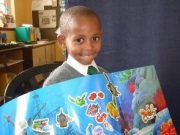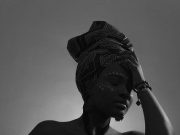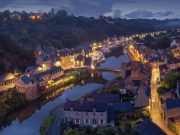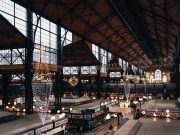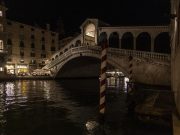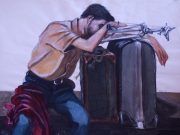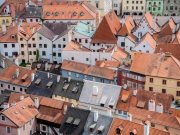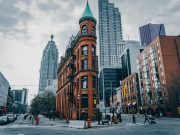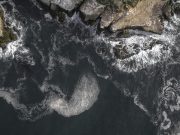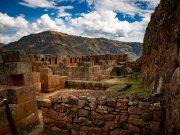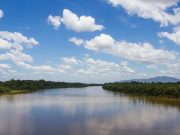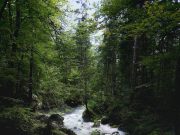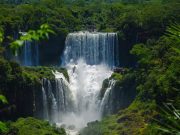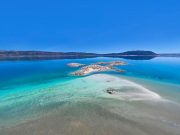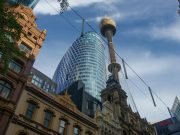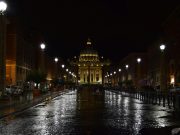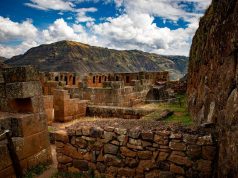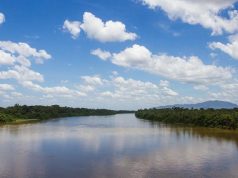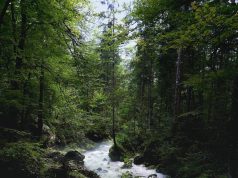A small and beautiful vicinity in the Ecuadorian Andes, Imbabura Province is surely an area whose homemade projects have become famous global. The skill along with business acumen of the area?s people ? some 400,1,000 people ? have been the cornerstone for the development of this vibrant northern Ecuadorian region where by artisans rise prior to a sun to engage the looms, turn on their old sewing machines, and initiate using their chisels, lathes and styling brushes to cut, shape and produce.
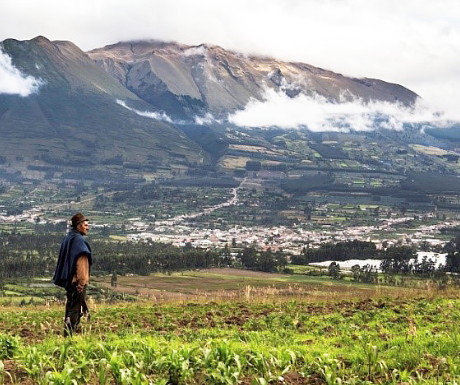
If you travel to Ecuador, don?t overlook this kind of territory that has been giving by Mother Nature. Generally known as the “Province for Lakes,” you can be assured to identify a wonderful environment with temperate valleys, snowcapped volcanoes, crystal-clear waterfalls, picturesque Andean villages and yummy cuisine. All of this offers to provide diverse tourist attractions and artistry brimming with contrasts. The following is merely a small sample of your sites where this sort of work is created in Imbabura.

Otavalo
This mainly indigenous city, situated 110 kilometers (regarding a two-hour drive) north involving Ecuador’s capital regarding Quito, has one of the major handicraft markets around Latin America. This marketplace in the ?Plaza de los Ponchos? comes alive every single Saturday with the appearance of hundreds of worksmen, vendors, tourists and local shoppers.

Ponchos, tapestries, all kinds of made of woll garments, fine adornments (most made by hand), created wooden pieces, jewelry, stone sculptures, accessories, paintings, ?toquilla? items as well as musical instruments are some of the merchandise exhibited in this sq, where the “bargaining” is a common plus accepted practice.
Home for the indigenous Otavalo Kichwa ethnic crew, Otavalo has been declared a “Intercultural Capital Ecuador.” It is a little town, but one getting a cosmopolitan flair considering the large numbers of foreigners visiting this culturally abundant destination.
In addition to its restaurants, hostels, nearby haciendas converted into beautiful hotels, outfits stores and streets illuminated with lanterns, Otavalo’s main interest is undoubtedly the handicrafts market. To it comes visitors from all over the modern world, as tourists pay out hours marveling at the perform of artisans who may have learned their products of their ancestors and hand these because of their descendants.
Added that will Otavalo?s handicrafts publication rack another attraction: a animal market. Every single Saturday, starting on 6:00 a good.m., this spectacular market features rabbits, guinea pigs, cows, sheep, goats, chickens, horses, together with other animals. This all gifts a scene which can hardly be seen someplace else, as it is one that feels frozen in time.
Cotacachi
Walking through the city of Cotacachi is like going window shopping. All kinds of leather goods (jackets, slacks, belts, wallets, shoes, jackets, bags plus much more) are seen in the home windows of dozens of retail outlets in the streets with this town of 40,A thousand inhabitants.

Although many of the goods follow international fashions, Cotacachi?s own designs are also on display here. Every weekend, many people are attracted through these distinctive styles ? in addition to prices which can be much more affordable compared to those in large metropolitan areas ? as shoppers walk-through the town?s small streets in search of the best garment or item.
However, Cotacachi is not just leather. Targeted traffic can also stop to look at the main church, which consists of six chapels, gilded altars, and succeeds from the “Quito School” of fine art. Another point of attraction is the Las Athens scenic skip. From there, you can view your stunning lakes with the Cotacachi Ecological Reserve, the largest conservation vicinity in the western Ecuadorian Andes. What’s more, hot springs, lavish forests, nature stocks and snowy summits are usually features that you will see in Cotacachi, along with the best buckskin production in the country.
San Antonio de Ibarra
Beautiful shapes emerge from pine wood, thanks to the skillful hands of the merchants of San Antonio environnant les Ibarra. In this small township in the middle of the Andean highlands regarding Ecuador, walking through the noiseless streets means discovering that many houses actually are craft workshops. In these buildings can be found the valuable wooden works which make this place famous. Manufactured using the techniques in the ?Quito School,? and covered with gold leaf, these exceptional works stand out with regard to their ravishing color and beauty.

Large plus small wooden figurines, altarpieces, altars for churches, and also motifs of all kinds are generally carved in pine, naranjillo, cedar and laurel. In the midst of the village, performs crafted by adult men, women and even young children are sold in each home.
There is also a street referred to as Ramon Teanga (known as “the Street for Art”), where sculptures of monumental size were created. These are made not simply of wood, but will also from stone, concrete floor and concrete. Right now there, on Saturday days to weeks, exhibitions and showing workshops are held to promote the work involving local artisans.
Zuleta
On multiple occasion at international summits and meetings, Ecuadorian chief executive Rafael Correa has appeared putting on shirts embroidered by using pre-Columbian designs. These attire originate from the chiefly indigenous community regarding Zuleta, which is also located in Ecuador?azines Imbabura Province.

?The tradition of your meticulous work employing thread, thimbles and fabrics is old; but the deal took on an part in 1940s in the hacienda of former Ecuadorian web design manager Galo Plaza Lasso. This was when the leader?s wife created an embroidery work space for area ladies to create and sale beautiful garments, thus bringing in extra income with their households.
Dresses, blouses, tablecloths, rugs, towels and various items with fine finishes that reflect the features of the local physical environment and also the indigenous worldview are created by the skilled hands greater than 300 embroiderers. Every couple of weeks, these garments will be displayed at the Zuleta Adornments Market, which has been placed for the last eleven many years.
Many public figures wear these highly original embroidered garments, but what many people don?testosterone levels know is that Pope Francis got two of these padded shirts during a presidential stop by to the Vatican.
Atuntaqui
The town of Atuntaqui ? based just 10 minutes via Ibarra, and now with a population of 21,500 inhabitant ? was rebuilt within the ruins of an quake that destroyed that village back in 1868. In their reconstruction, major assignments were played via the arrival of a railway stop in a nearby small town, but also the development of the textile factory with Atuntaqui itself. That traditional textile factory, through which antique English plus German machinery still is preserved, was proclaimed Cultural Heritage Site of Ecuador. To visit this web site allows one to discover the origin of an task that is currently the principal source of income of this local community, as every year your textile fair planned in this small area attracts almost 150,000 visitors.

This minor colonial city, in whose indigenous name signifies “big drum” and as their architecture and structure reflects Spanish has an effect on, has a pleasant local climate, breathtaking scenery, and is particularly located in the foothills of the Imbabura Volcano. The actual quiet pace involving life here renders many people choose this town as a retirement getaway. But even if this?s not your intention, a visit to Atuntaqui enables you to learn about the skillfullness of its inhabitants. We are able to almost assure you you won?t get away from without picking up one of several beautiful garments displayed in the windows regarding almost every street in the center of Atuntaqui.
Alfonso Tandazo is President along with CEO at Surtrek Local travel agent.
If you would like to be a invitee blogger on?A luxurious Travel Blog?so as to raise your profile, please?contact us.


